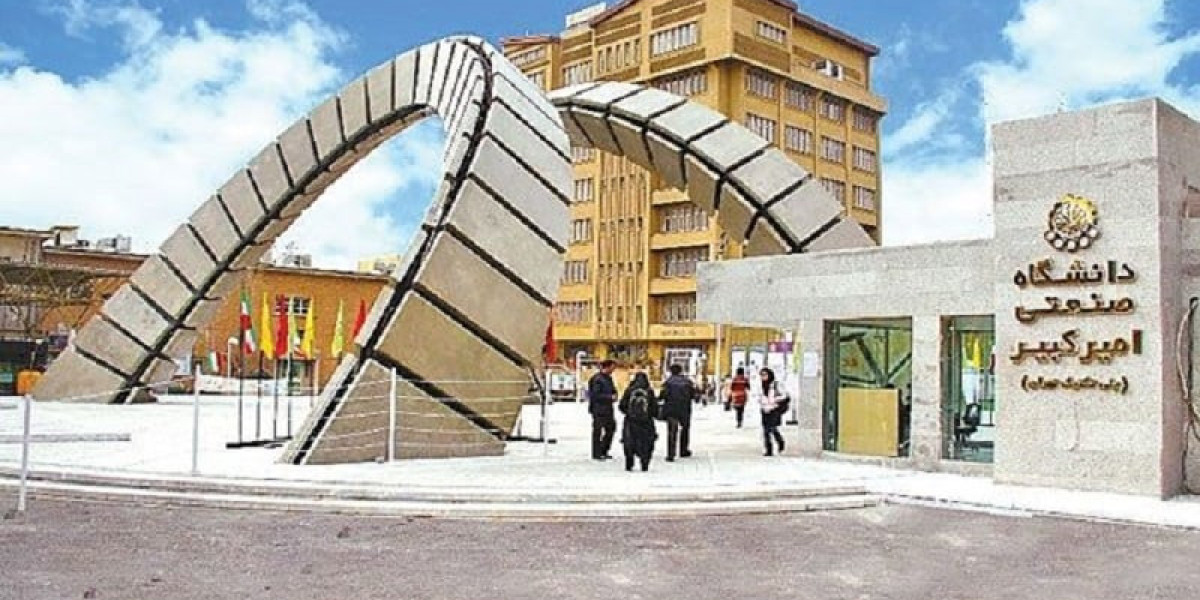Pursue an MBBS in Iran to experience an excellent combination of high-quality education, affordable tuition, globally recognized degrees, and a culturally rich environment. Iran has emerged as a preferred destination for Indian and international medical aspirants who are looking for a solid education in medicine without the financial burden often associated with Western countries. In this comprehensive guide, we will cover the MBBS course duration, clinical training structure, and the licensing exams applicable after graduation in Iran.
1. Overview of MBBS in Iran
Iran is home to some of the oldest and most reputed medical universities in the Middle East. Many of its universities, such as Tehran University of Medical Sciences, Shiraz University of Medical Sciences, and Isfahan University of Medical Sciences, are recognized by the World Health Organization (WHO), ECFMG, and the National Medical Commission (NMC) of India.
Medical education in Iran is delivered in both Persian and English for international students. In recent years, numerous Iranian universities have launched English-medium MBBS programs specifically tailored to foreign students, making it more accessible for Indian candidates.
2. MBBS Course Duration in Iran
The duration of the MBBS program in Iran is typically 7 years, and it is divided into three main phases:
a) Pre-Clinical Phase – 2 Years
Students learn the basics of human anatomy, physiology, microbiology, pathology, and pharmacology.
Emphasis is placed on building a strong foundation in medical sciences through classroom lectures, lab work, and early exposure to clinical settings.
b) Clinical Phase – 3 Years
Starts from the third year onward.
Students begin practical training through clinical rotations in various hospital departments like Internal Medicine, Surgery, Pediatrics, Obstetrics & Gynecology, Psychiatry, etc.
Hands-on learning under the guidance of experienced doctors and professors is the core focus of this phase.
c) Internship Phase – 2 Years
In the final two years, students enter a full-time clinical internship where they perform hospital duties and rotations under supervision.
It’s mandatory to complete this phase to be eligible for degree issuance and licensure exams.
Total Duration: 7 years (2 years basic sciences + 3 years clinical training + 2 years internship)
3. Structure of Clinical Training
Clinical training is considered the most crucial part of medical education in Iran. Students get real-time exposure to patient care, hospital management, and surgical environments.
Key aspects of clinical training include:
Rotations in Teaching Hospitals: Each affiliated university operates multiple teaching hospitals where students receive training.
Bedside Learning: Students learn clinical skills like patient history taking, physical examination, diagnosis, and treatment planning.
Simulated Labs: Before entering live hospital wards, students practice on simulation mannequins and virtual labs.
Continuous Evaluation: Students are assessed regularly through Objective Structured Clinical Examinations (OSCEs), practicals, and case presentations.
Most universities ensure that clinical rotations meet the standards set by international health authorities, helping students become competent doctors in any part of the world.
4. Licensing Exams After MBBS in Iran
To practice medicine either in Iran or your home country after completing MBBS, you will need to clear one or more licensing exams. Here are the options:
a) Iranian Medical Licensing Exam
Iranian students and those planning to work in Iran must clear the Comprehensive Medical Exam administered by the Ministry of Health.
International students are exempt if they return to their home country for licensure.
b) NMC Screening Test / FMGE (India)
Indian students must clear the Foreign Medical Graduate Examination (FMGE) to obtain a license to practice in India.
FMGE is now being replaced by the National Exit Test (NExT) starting soon, which will serve as a common licensure and PG entrance test.
Iranian medical universities are NMC-approved, making their graduates eligible for FMGE/NExT.
c) USMLE / PLAB / AMC / MCCQE
For those planning to practice in the US, UK, Australia, or Canada, the following are required:
USMLE (United States)
PLAB (UK)
AMC (Australia)
MCCQE (Canada)
Iranian MBBS degrees are recognized by ECFMG and WHO, allowing students to appear for these licensing exams after clearing basic eligibility.
5. Accreditation and Global Recognition
When you study MBBS in Iran, you benefit from globally recognized education standards. Key accreditations include:
World Directory of Medical Schools (WDOMS)
National Medical Commission (NMC) India
Educational Commission for Foreign Medical Graduates (ECFMG) USA
Ministry of Health and Medical Education, Iran
This recognition ensures you are eligible for licensure, postgraduate studies, or employment in many parts of the world.
6. Medium of Instruction
Most international MBBS programs are taught in English, especially at top medical universities.
Universities also offer basic Persian language support, which helps students during clinical practice and daily interactions with local patients.
No IELTS/TOEFL is usually required, but universities may conduct a basic English proficiency test.
7. Cost of Education and Living
Iran offers one of the most affordable MBBS programs in the world for Indian students.
| Cost Component | Average Yearly Cost |
|---|---|
| Tuition Fee | USD 4,000 – 6,000 |
| Hostel Accommodation | USD 600 – 1,000 |
| Food and Living Expenses | USD 1,000 – 1,500 |
| Health Insurance & Misc. | USD 200 – 300 |
| Total Annual Cost | USD 6,000 – 8,500 |
8. Advantages of Pursuing MBBS in Iran
Affordable Fees: No capitation or donation fees.
Globally Recognized Degree: Valid in India and abroad.
Modern Infrastructure: Equipped laboratories, smart classrooms, and well-maintained hostels.
Safe Environment: Iran is considered one of the safest countries in the region for international students.
High FMGE/NExT Success Rate: Universities are FMGE-focused and train students accordingly.
9. Eligibility Criteria for Indian Students
To apply for MBBS in Iran, you must meet the following conditions:
Must have passed Class 12th with Physics, Chemistry, Biology (PCB) and English.
A minimum of 50% marks in PCB for general category (40% for reserved).
NEET qualification is mandatory for Indian students (valid for 3 years).
Age should be 17 years or above at the time of admission.
10. Conclusion
Iran is steadily gaining popularity as a top destination for MBBS abroad, thanks to its low fees, excellent academic infrastructure, global recognition, and robust clinical training. The 7-year MBBS course ensures that students not only understand theoretical concepts but also develop essential clinical and practical skills through real-world exposure.
Whether you're targeting FMGE/NExT, USMLE, or other international licensing exams, studying MBBS in Iran equips you with the skills, knowledge, and global perspective needed to build a successful medical career.








